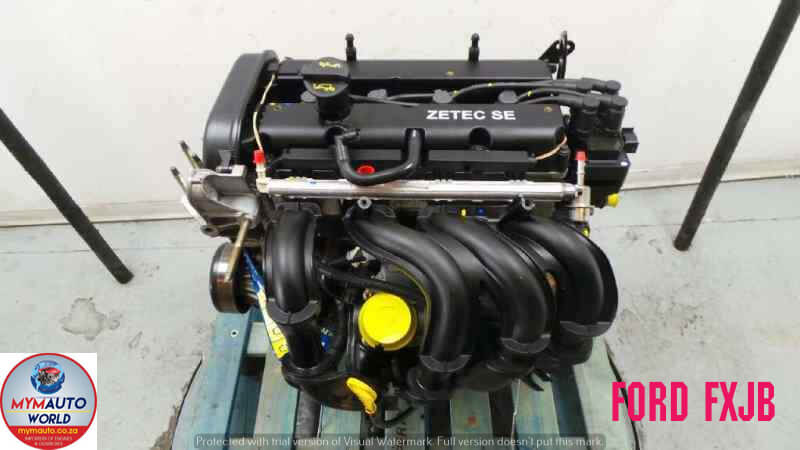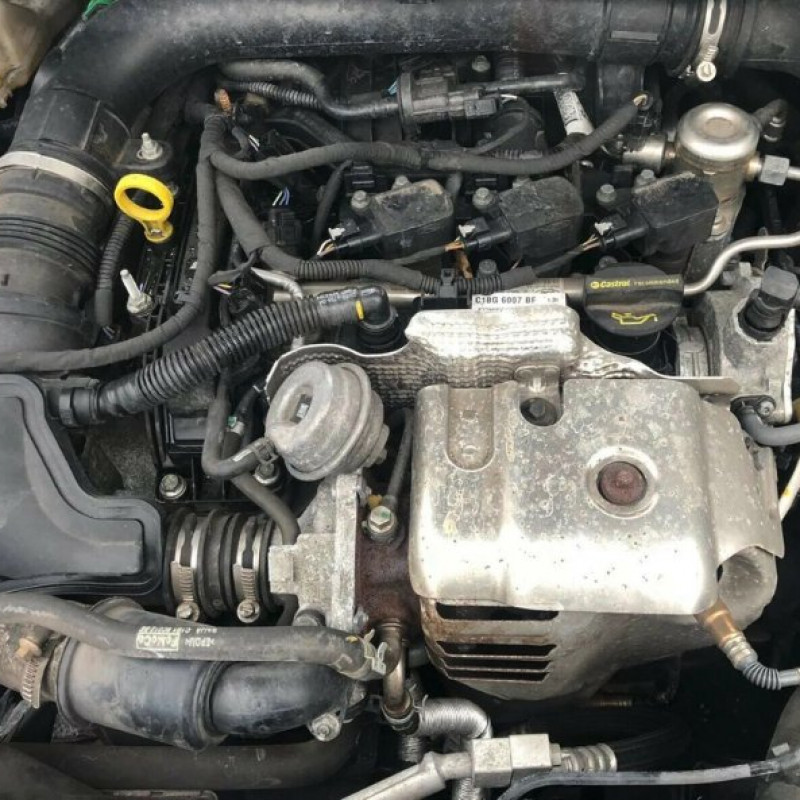Common Issues with the Ford Fiesta Engine and How to Fix Them
Common Issues with the Ford Fiesta Engine and How to Fix Them
Blog Article
Exploring the Advancement of Engines: From Traditional Styles to Modern Marvels
From the preliminary vapor engines that powered the Industrial Transformation to the appearance of inner burning engines that transformed wheelchair, each phase has added to higher effectiveness and capability. As we check out these landmarks, one must consider how the future of engine style might unravel, challenging our understandings of power and effectiveness.
The Birth of Engine Modern Technology
The advent of engine modern technology noted a critical moment in human development, changing power conversion and transport. The earliest engines arised from the requirement to harness mechanical power for functional use, resulting in the development of tools that transformed different power types into motion. The principle of the engine can be mapped back to ancient people, where straightforward equipments, such as the waterwheel and windmill, utilized all-natural pressures to do job. It was throughout the late 17th and early 18th centuries that considerable innovations started to materialize.
The development of the internal combustion engine and the development of the steam engine militarized an extensive shift in industrial capacities. These engines not just enhanced effectiveness yet also broadened the extent of human movement, allowing extraordinary transport possibilities. The early models laid the foundation for the mechanized world, promoting the rise of industries and improving social frameworks.
As engine styles progressed, they advanced and incorporated ingenious materials engineering principles, leading the way for contemporary advancements - ford fiesta engine. The birth of engine modern technology fired up a relentless quest of effectiveness and power, setting the stage for the dynamic development of transport and commercial equipment that would follow
Steam Engines and Their Impact

The heavy steam engine's influence was especially noticeable in the transportation field (ford fiesta engine). Steam-powered locomotives assisted in the quick movement of products and individuals throughout large ranges, properly shrinking the geographical barriers that had previously prevented profession and communication. Steamships reinvented maritime travel, enabling for quicker and a lot more trusted crossings of oceans and rivers.
In industry, heavy steam engines powered factories, making it possible for automation and the surge of urban facilities as centers of financial task. This change not just modified labor characteristics however additionally added to the emergence of a consumer-driven society. Furthermore, steam innovation promoted technologies in engineering and production procedures, preparing for future developments in engine layout. The legacy of vapor engines is extensive, showing a zero hour in human resourcefulness and the unrelenting quest of development.
The Increase of Interior Burning
Regularly eclipsing steam power, the surge of interior combustion engines noted a transformative shift in transportation and industry throughout the late 19th and very early 20th centuries. The advancement of these engines, defined by their capability to melt fuel within the engine itself, allowed better effectiveness and power compared to conventional steam engines. Pioneering developers such as Nikolaus Otto and Rudolf Diesel played essential functions in developing engine designs, causing widespread adoption in autos, boats, and commercial machinery.
The inner combustion engine's small dimension and fairly light-weight nature facilitated the appearance of individual cars, transforming specific wheelchair and reshaping urban landscapes. By allowing faster traveling and the reliable transportation of items, these engines militarized financial growth and promoted globalization. The versatility of gas alternatives, consisting of fuel and diesel, further enhanced their appeal, allowing for diverse applications across different markets.
In spite of the ecological problems that would certainly later on develop, the first attraction pop over to these guys of inner burning modern technology stocked its transformative possibility. As culture accepted this technology, the structure was laid for contemporary transportation systems, establishing inner burning engines as a foundation of industrial development and daily life throughout the 20th century.
Developments in Engine Effectiveness
As internal burning engines came to be indispensable to transport and market, the emphasis shifted towards enhancing their performance to fulfill growing demands for efficiency and sustainability. Advancements in engine style, material scientific research, look here and innovation have actually dramatically added to this development.
One major advancement is the growth of turbocharging, which enables enhanced air consumption, causing more complete gas burning and improved power result without expanding engine size. In addition, variable shutoff timing systems have been carried out to optimize engine performance throughout different RPM ranges, therefore improving gas effectiveness.
The application of innovative fuel shot technologies, such as straight shot, has likewise played an important role. This technique permits for more accurate control over the fuel-air combination, promoting better combustion and lowering emissions. Additionally, light-weight products, consisting of aluminum and composite components, have been embraced to reduce general engine weight, bring about enhanced performance.
These advancements reflect a broader pattern within the vehicle sector, where the harmony in between design advancement and ecological factors to consider drives the ongoing quest for higher performance in internal combustion engines. Consequently, contemporary engines are now a lot more effective, cleaner, and reliable than in the past, leading the method for an extra lasting future in transportation.
The Change to Electric Power
With expanding concerns over environmental impact and nonrenewable fuel source reliance, the vehicle market is experiencing a considerable shift towards electric power. This change is driven by a mix of technological developments, regulatory pressures, and transforming consumer preferences. Electric lorries (EVs) use an engaging option to traditional internal burning more engines, boasting minimized greenhouse gas discharges and lower operating prices.
The increase of battery technology has actually been a video game changer, with lithium-ion batteries becoming extra economical and effective. Improved power density and faster billing abilities have made EVs a lot more practical for everyday usage. Federal governments worldwide are applying rewards and setting enthusiastic targets for phasing out fossil gas vehicles, consequently increasing the adoption of electric power.
As charging framework expands and battery modern technology continues to improve, the shift to electric power is poised to reshape the vehicle landscape, promoting sustainability and technology in the years to come. The future of transportation is electric, and the energy is obvious.
Final Thought
The evolution of engine modern technology stands for a significant trajectory of innovation that has actually greatly influenced transportation and sector. From the fundamental steam engines to the transformative internal burning engines, each development has actually contributed to improved mobility and financial development.

Report this page